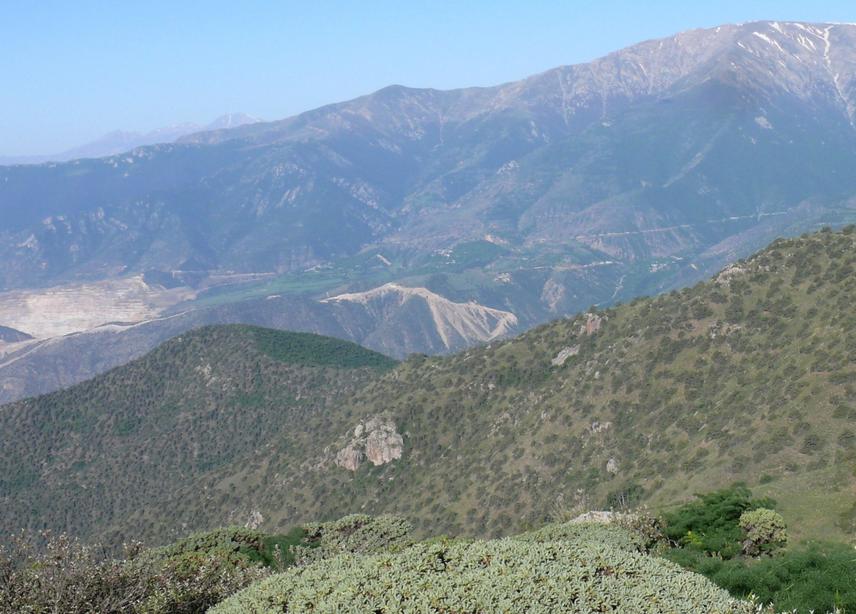Gurgen Khanamirian
Other projects
The Meghri region supports 154 butterfly species: two-thirds of the butterfly fauna of Armenia. These species are subject to many human induced threats, including widespread habitat destruction. The existing protected area - National Park 'Arevik', cannot address all the issues, especially lack of knowledge and conservation measures. To protect butterflies and their habitats in the region we propose to select 6 butterfly hotspots and within each area to develop community based protection measures. One of these will include the development of nature tourism in the region, which will bring substantial benefits to both the local community and National Park.

The main goal of our project is to designate the first set of Prime Butterfly Areas in Armenia, and to develop sustainable conservation measures that would benefit two major stakeholders: local communities and the National Park 'Arevik'.
We plan to:
1. Introduce the concept of Prime Butterfly Areas (PBA) to the Ministry of Nature Protection (MNP), and the Administration of National Park ‘Arevik’ (NP).
2. Identify the butterfly species diversity hotspots, and to compile their full description as PBAs in accordance to the guidance of Butterfly Conservation Europe (BCE).
3. Ensure recognition of the areas as PBAs at the levels of BCE, MNP of Armenia, and the Administration of NP.
4. Identify threats to butterfly species, to specify their habitats and provide details of their distribution and abundance.
5. Detail the habitat requirements of the host-plant species for threatened butterfly species.
6. Where necessary, plant the critical host-plants at butterfly diversity hotspots in order to strengthen the native but damaged plant populations.
7. Assess the feasibility of reintroducing some butterfly populations at butterfly diversity hotspots / PBAs.
8. In collaboration with NP and the local enthusiasts, define the measures on protection of the identified butterfly diversity hotspots / PBAs.
9. Develop the knowledge and skills of key NP personnel and active members of local communities by providing training in butterfly identification, monitoring methods, and interpretation of results.
10. Designate butterfly watching trails and to provide their full description, including information on other conspicuous species: birds, dragonflies, orchids, etc.
11. Create a website of the project aimed at providing information on PBAs and butterfly watching trails. The website will also promote the NP ‘Arevik’ as a destination for ecotourism.
12. Advertise the project’s website through global and local environmental and social networks.